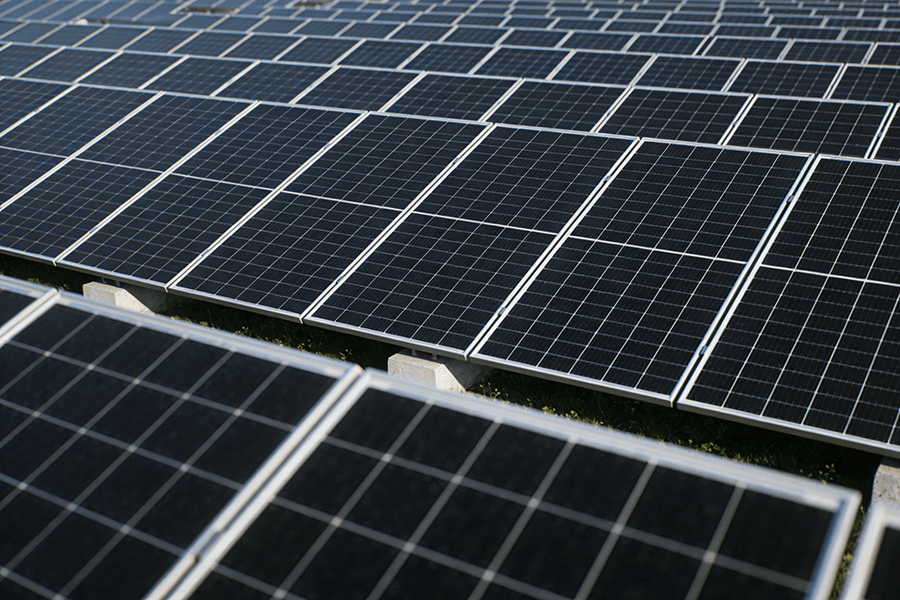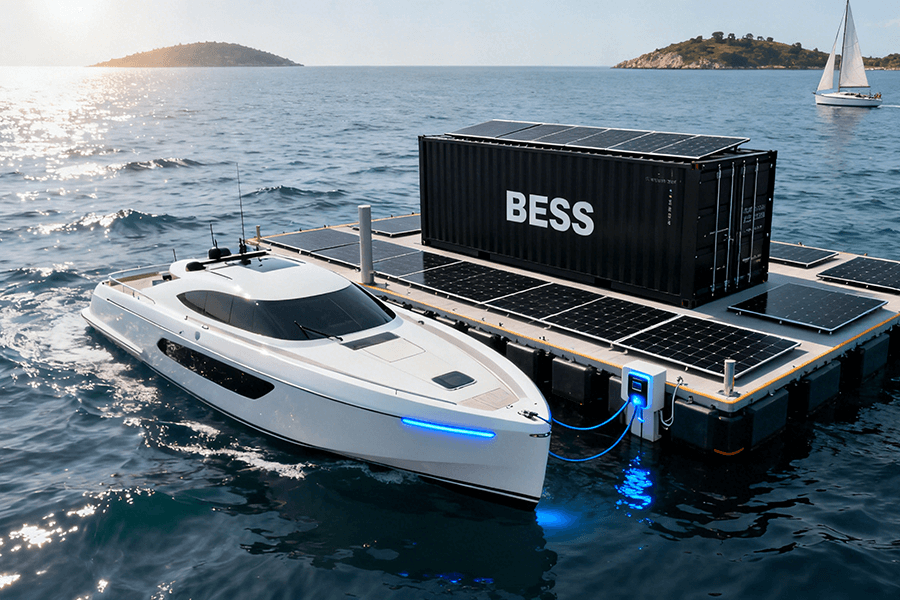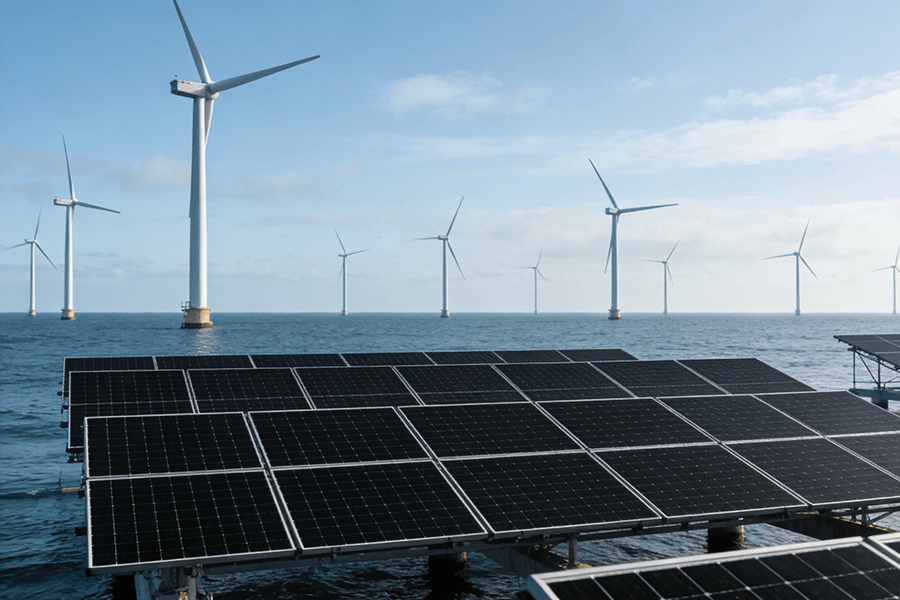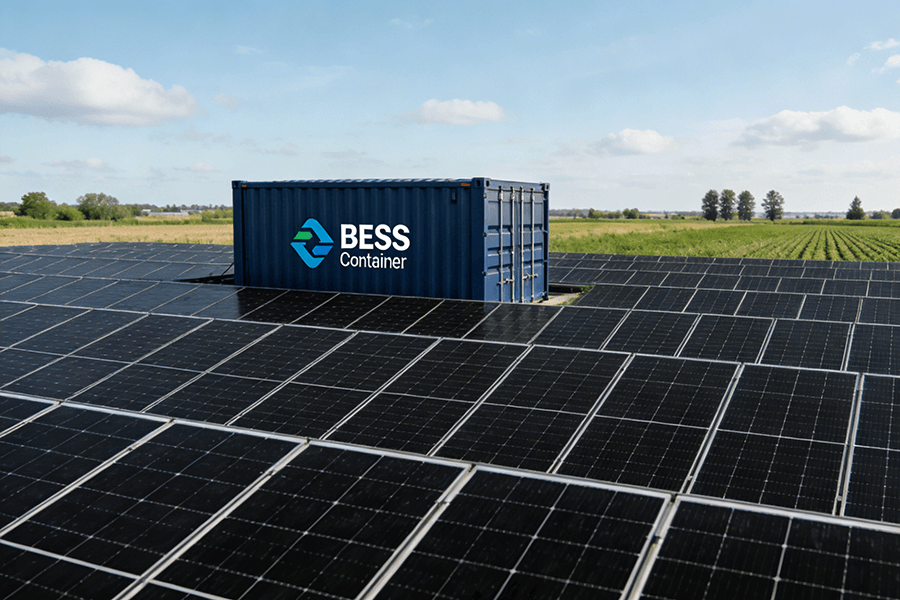As we all know, solar photovoltaic system can provide clean and pollution-free renewable energy, its long service life, as well as energy independence, makes it more and more popular. Meanwhile, the off-grid PV system which is suitable for remote mountainous areas, islands and home use also plays an important role in the new energy era. In this article we talk about how to choose.
1. Determine the demand for electricity
You need to confirm the household electricity consumption and location conditions, such as the sunshine in the area, the power and running time of the main household appliances, the approximate daily electricity consumption, etc.
Generally, in the case of self-generation and self-use, according to the household appliances and power consumption, off-grid PV systems can be considered 5kW 10kW to 20kW, etc., to be able to support the load, with energy storage batteries, and also to meet daily use at night or in rainy weather;
2. Select the type of energy storage system
Also known as battery bank, the main task is to store energy in order to ensure load power during nighttime or rainy days. Common types of residential energy storage systems include lithium-ion batteries, lead-acid batteries, etc.
Lithium-ion batteries are better in terms of performance, life span, and charge/discharge efficiency, with the disadvantage of relatively high cost;
And lead-acid batteries are more affordable, but the life span and charge/discharge efficiency is relatively low.
Just choose the suitable type of battery according to your needs.
3. Determine the battery capacity
It should be noted that the battery specifications are marked with the theoretical capacity of the battery, which is the maximum amount of electricity that can be released from SOC 100% to SOC 0% under ideal conditions, but in actual use, taking into account the battery life span, it is not allowed to discharge to SOC 0%, and will set the protective capacity. You can refer to the parameters of DOD% in the battery specifications, and effective power.
Therefore, when considering the battery capacity, should also take into account the possible instability of photovoltaic power generation, cable loss, battery aging and other efficiency losses, so you should retain a certain margin above the rated capacity.
4. Consult a professional solar system supplier
We have only mentioned a part of the system configuration, as for other important components such as PV arrays, off-grid inverters, etc., with a wide range of technical specifications, their configuration will vary according to the specific circumstances of the family, different regions may use different equipment requirements.
If you need more accurate configuration advice, you can consult the Maxbo New Energy, specializing in solar energy industry for 13 years, and experienced in providing customized solutions and corresponding quotes according to your actual situation.




